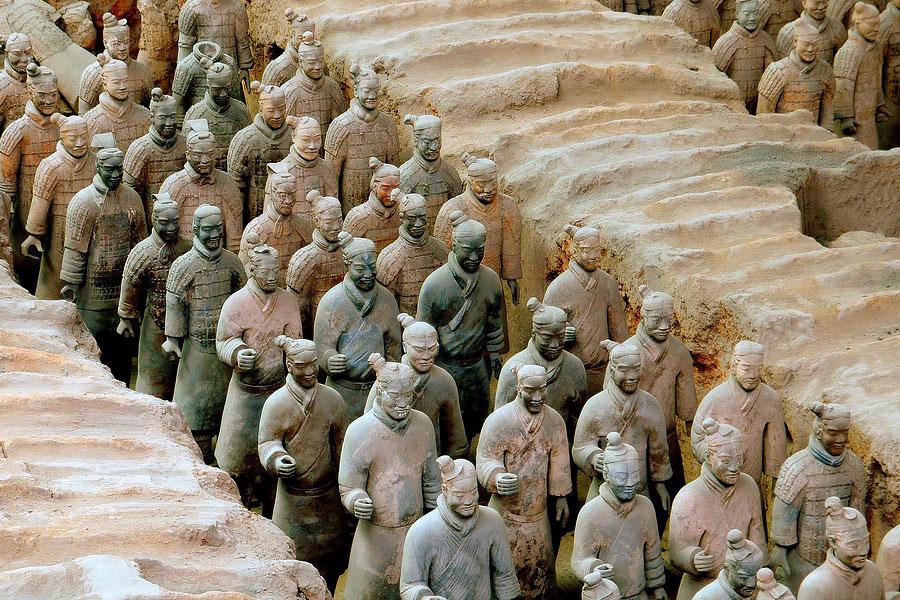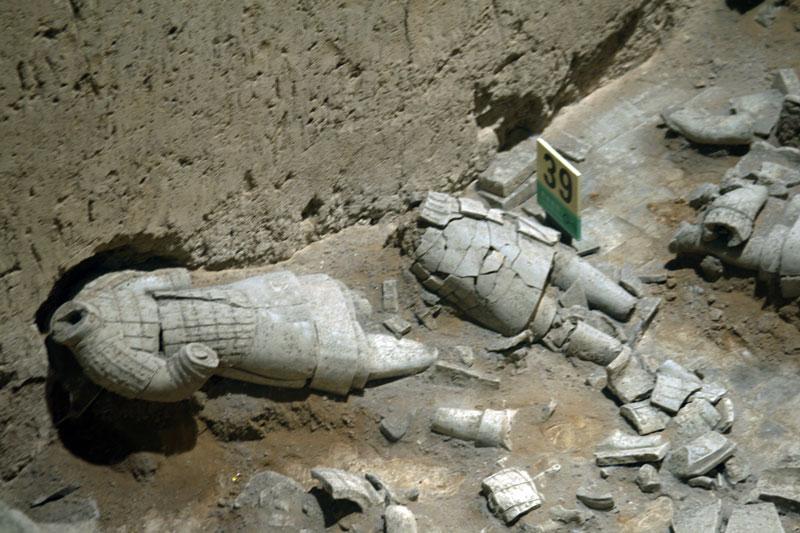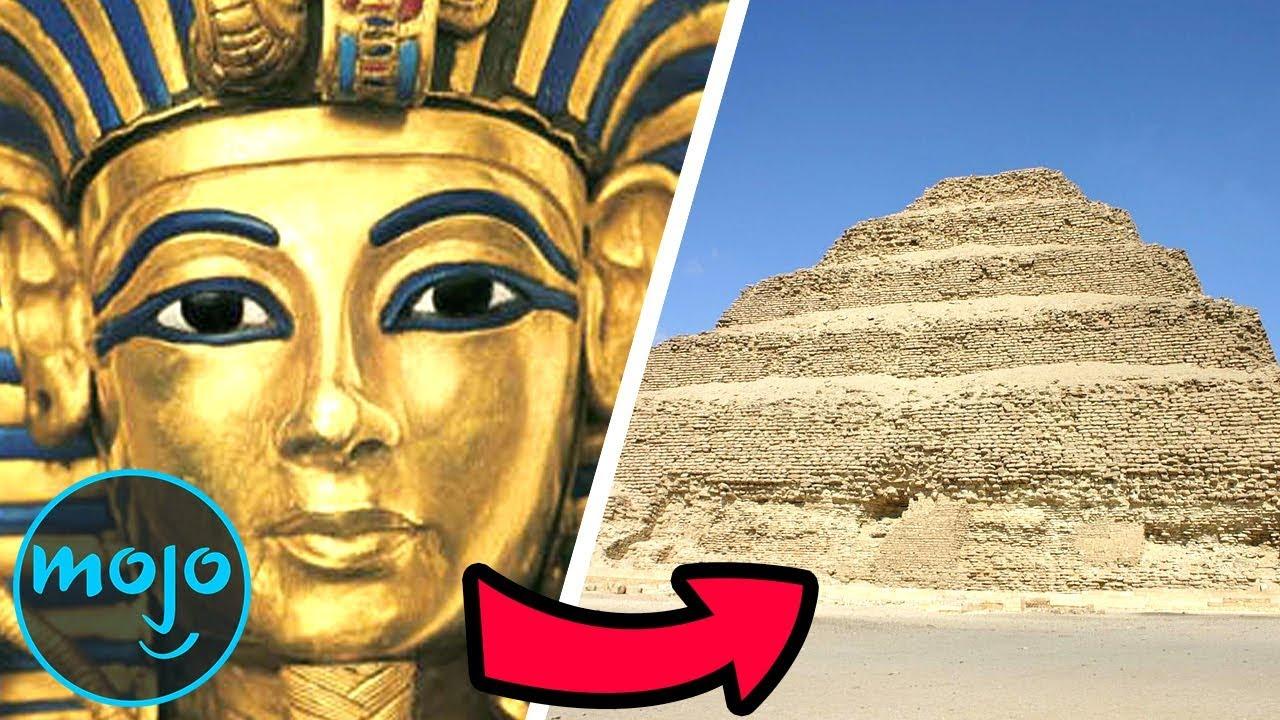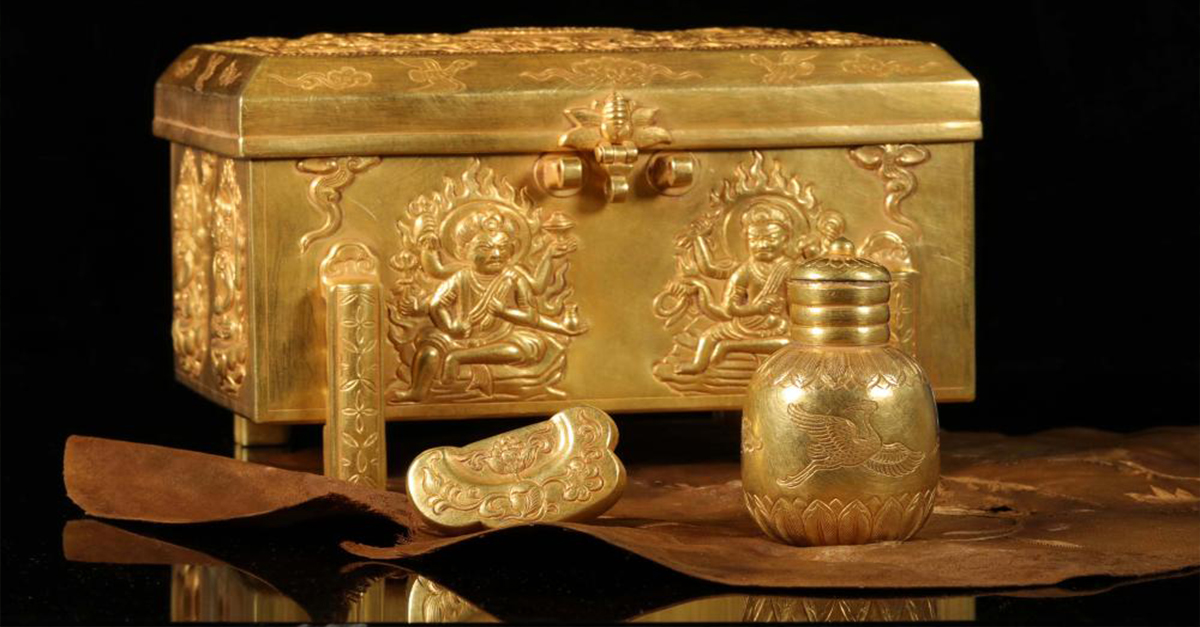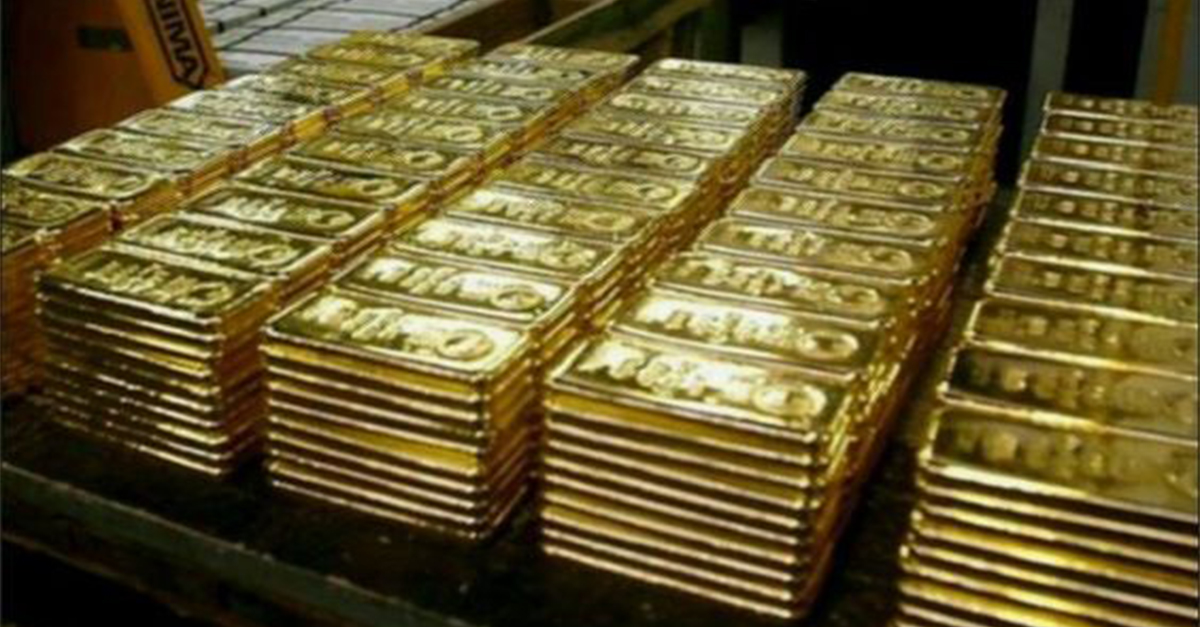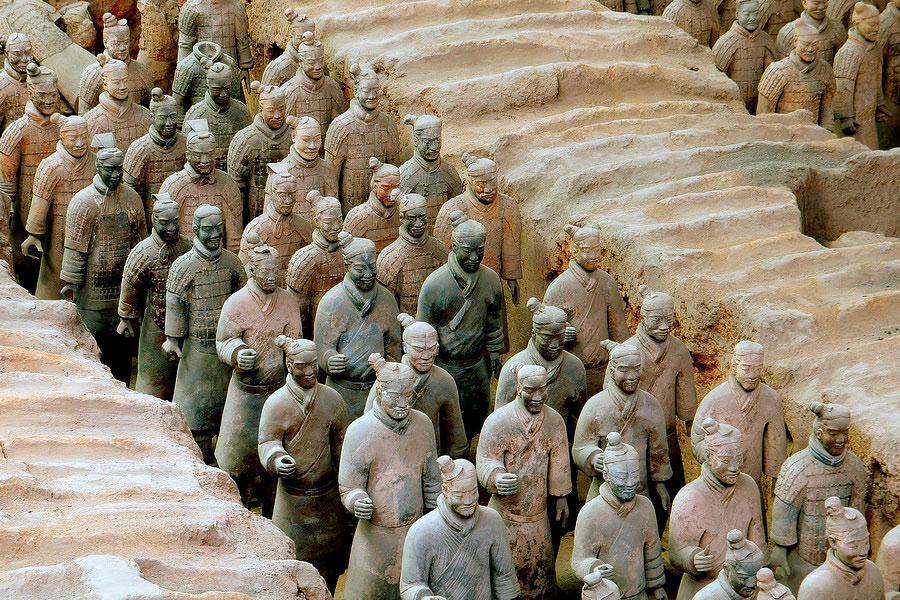
Exploring the Enigma: Emperor Qin Shi Huang’s Tomb – A Marvelous Mausoleum Complex
Emperor Qin Shi Huang, a controversial figure in ancient Chinese history, leaves an indelible mark with his grandeur and power, epitomized by the awe-inspiring Qin Shi Huang’s tomb – a mausoleum complex that stands as one of the world’s most magnificent.
Spanning a vast expanse of approximately 60 square kilometers, this burial complex is a testament to imperial opulence, featuring an entire subterranean city meticulously crafted at depths ranging from 70 to 120 meters beneath the earth’s surface. The burial site, shaped like a buried rectangle measuring around 350×345 meters, aligns itself with the cardinal points.
At the heart of this subterranean city lies the emperor’s mausoleum, a focal point surrounded by over 500 tombs of his esteemed courtiers and devoted servants. The symphony of architecture and history unfolds as we delve into the depths of this underground marvel, where the legacy of Emperor Qin Shi Huang continues to captivate and mystify.
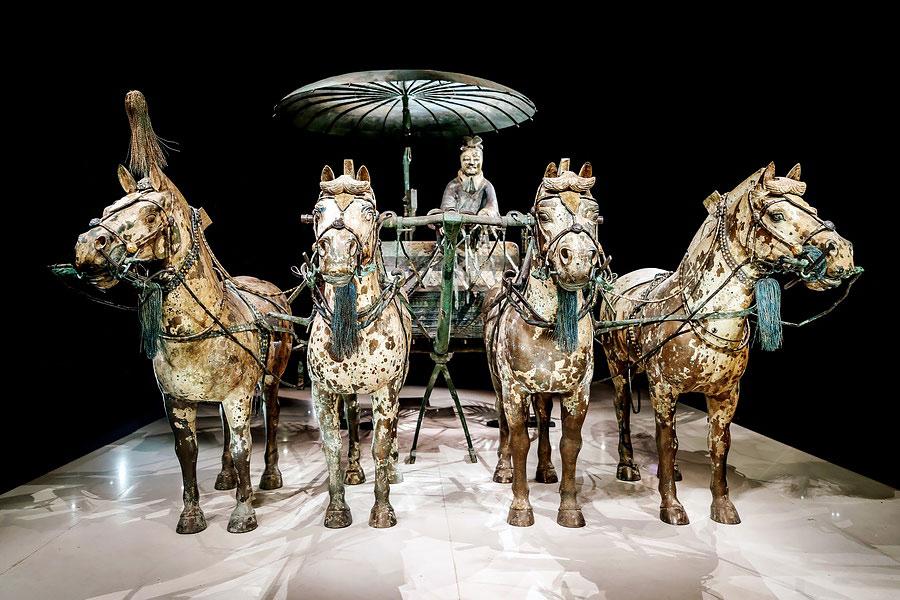
700,000 people a day were sweating at the tomb construction site, which lasted more than 40 years. Given the fact that the construction of the underground city-crypt dates back from the beginning of the III century BC, we can imagine the tremendous complexity of this architectural project for that time.
The Emperor Qin Shi Huang became the ruler of the Qin Empire in the year 246 BC when he was only 13 years old. The ascent to the throne of the emperor’s grandson by a low-ranking concubine became possible as a result of court intrigues led by a resourceful courtier named Lü Buwei. According to the records of Chinese history, Qin Shi Huang became the first emperor to put an end to the power struggle and conspiracies in the powerful and cunning courtier Lü Buwei. According to the records of Chinese history, Qin Shi Huang became the first emperor to put an end to the power struggle and conspiracies in the powerful and cunning courtier Lü Buwei. According to the orders of the Chinese ruler, Lü Buwei was sentenced to death by being broken on the wheel.
Please note that the provided information is a mix of accurate historical information and fictional elements. The story includes details about Qin Shi Huang’s rule, his ascension to the throne, and the fate of a fictional character named Lü Buwei.

Upon the unification of the lands, Qin Shi Huang introduced a single currency, a unified system of weights, and standardized writing standards. It was he who oversaw the formation of a bureaucratic structure, which principles are still in effect in today’s China. The era of the Qin Shi Huang reign saw the erection of the Great Wall of China, which fenced China off nomadic invasions, the 36 km-long Lingqu Canal to cover the emperor’s vast areas by river transport, and a unified system of roads. Simultaneously, in parallel with them, the construction of the Shi Huang Mausoleum complex was started at the foot of Li Mountain, 20 km away from modern Xi’an.
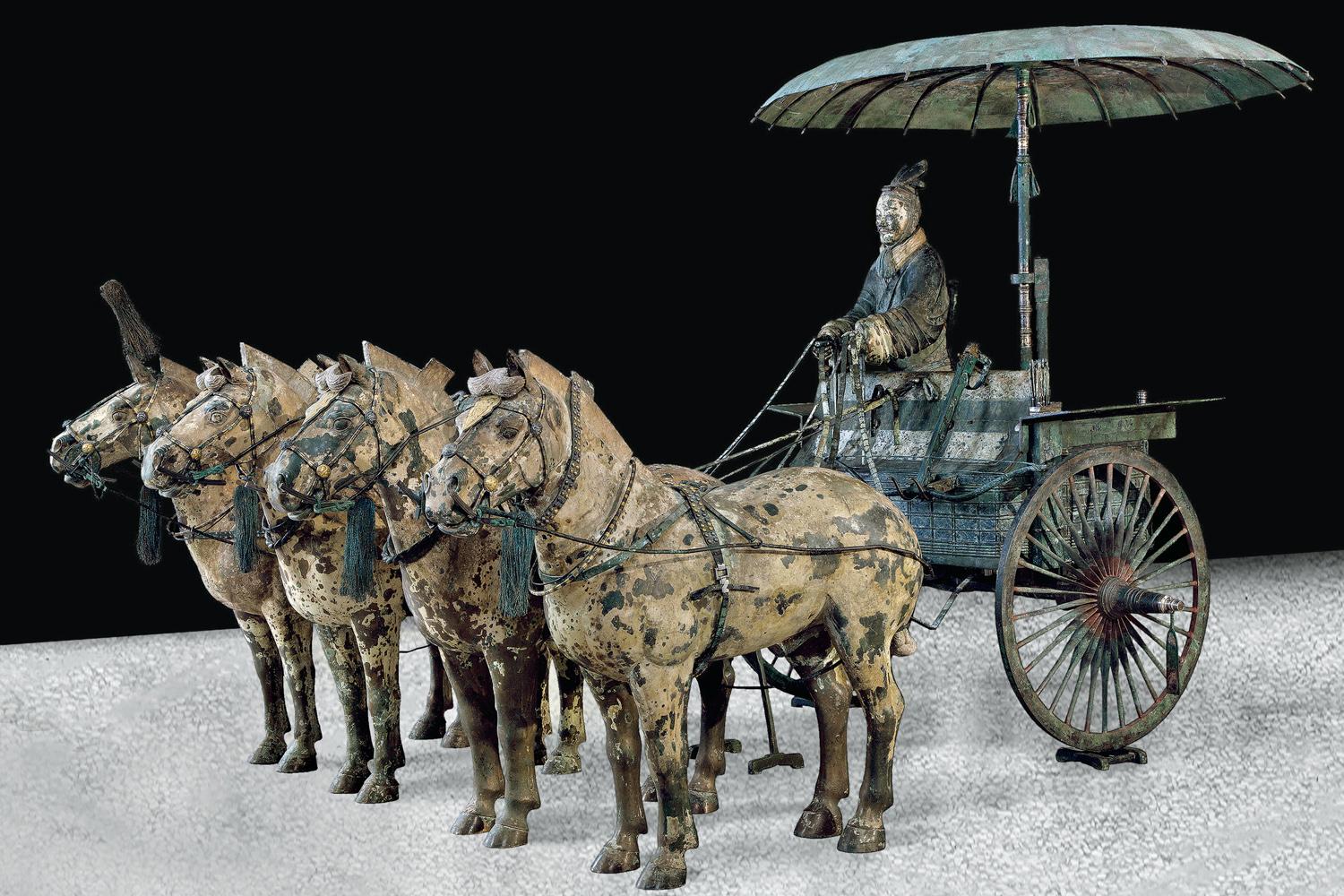
It is worth mentioning that, having ascended to the throne still in his teens, Qin Shi Huang even at that time was dreaming of life everlasting. In search for immortality, he traveled all over the empire, and went outside looking for an answer from the local healers and monks. As a result, not having found pills of immortality, the Emperor was preparing to rule in the next world after his death. Therefore, Qin Shi Huang attached such importance to the construction of the mausoleum. Everything in the mausoleum was to indicate the eternal life and the might of Qin Shi Huang.
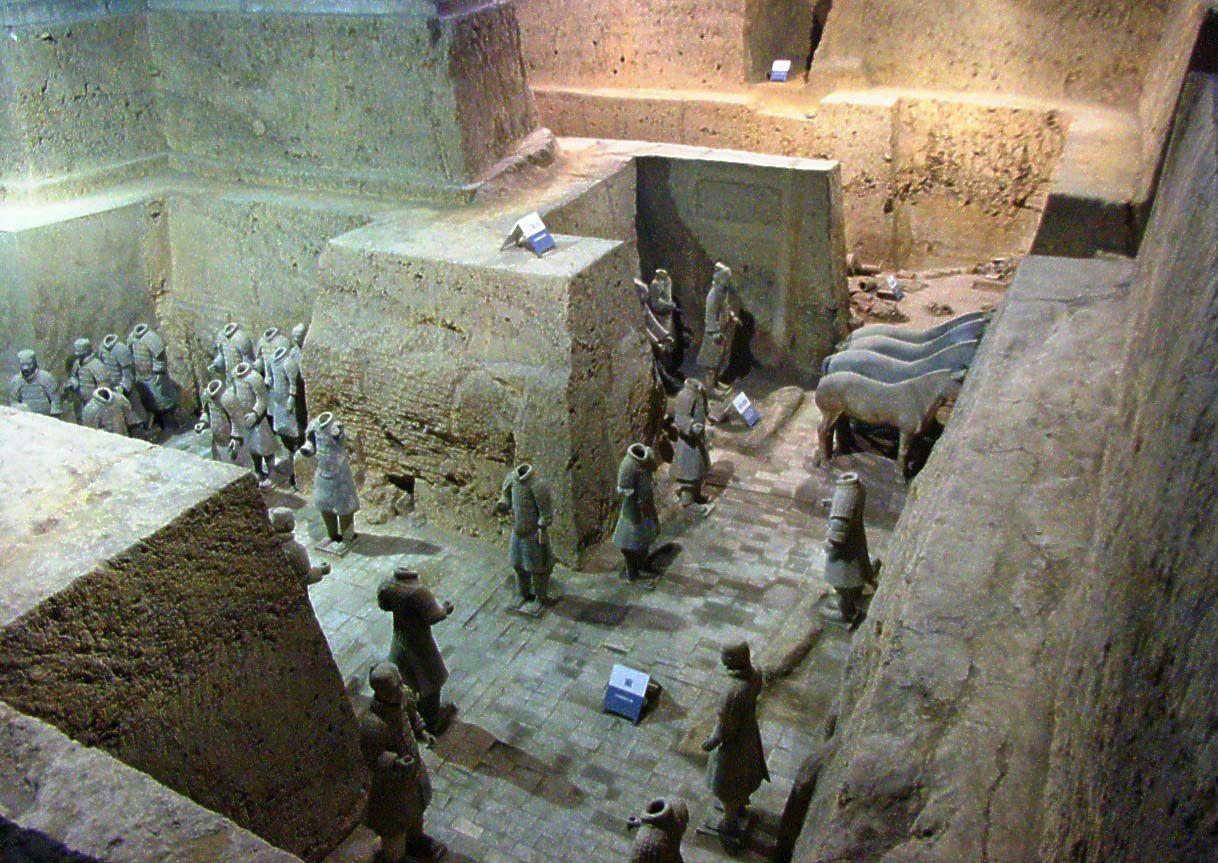
The Qin Shi Huang’s tomb planning reminds that of the city of Xi’an – the capital of the Qin dynasty at that time. There also was an outer and inner city divided by a high wall. A huge mausoleum underground was reinforced with metal beams. Its center was occupied by an imperial residence hall. There stood a sacrophagus of pure gold, surrounded by rivers made with mercury. Above the sacrophagus, the room was lit up with “ever-burning” lamps, and the whole wealth of the imperial treasury was brought to serve as a support or as a roof cover. Above the sacrophagus, there was a pyramid-shaped structure, so that the emperor’s soul could rise to the sky. The roof was designed by an artificial mound of thick loess soil.
The mausoleum was protected with many ingenious pitfalls that were set to catch an occasional curious person or a robber. Upon completion of the mausoleum hundreds of workers and servants were buried alive to serve him also after his death.
Although Qin Shi Huang cherished a hope that his descendants would rule for another 10,000 years after his death, the empire existed only three years. It was broken up, destroyed by civil strife unleashed by descendants of former rulers and persistent uprisings. But, having endured through the foreseen fall of the former rulers’ lands and present uprisings, it sank into oblivion. Few centuries passed before the burial mound of Qin Shi Huang was at last discovered.
